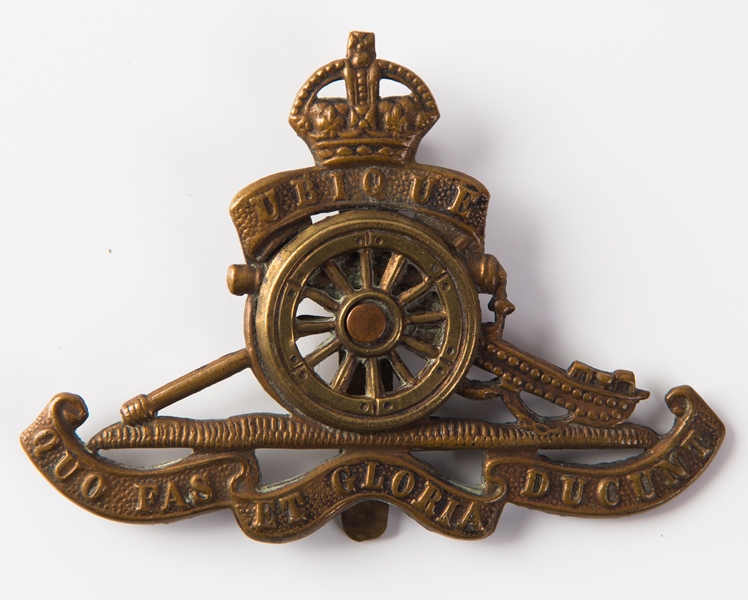Personal Details
Born: In 1892 in Barton upon Irwell, Lancashire.
Family: He was the eldest of five children born to Robert Owen, a butcher, and his wife Frances Sarah, nee Duffy. Robert senior was previously married to Elizabeth and together they had two children. No marriage can definitively be found for him.
Residence: In 1901 he and his family were living at 121 Sussex Road, Southport, Lancashire. By 1911 they had moved to 146 Broad Street, Pendleton, Salford. He also appears on a 1911 Census living with his grandmother Emily Jane Duffy at 20 Chetwynd Road, Southsea, Portsmouth, Hampshire. His military records for 1915 have an address of 13 Almsford Road, Irlam O` Th` Heights, Lancashire. However by 1918 his record showed that his King`s Certificate of Discharge was to be sent to St. Mary`s School, Whitchurch, Shropshire. On his second Pension Ledger Card he was said to be living at The Beeches, 8 Ferriby, near Hull, Yorkshire.
Employment: On the 1911 Census his occupation was described as a draper`s apprentice and in 1915 as an outfitter.
Died: Not known
Military Details
Regiment: Royal Garrison Artillery
Rank: Gunner
Service Number: 63250
Date of Enlistment: 8 November 1915
Date of Discharge: 31 July 1918
Reason for Discharge: No longer physically fit for war service.
Other Information: His twin brothers, David and Alfred, also served in WW1.
Robert was awarded the Campaign Medals (British War Medal and Victory Medal) and Silver War Badge (number 379961)

The British War Medal (also known as 'Squeak') was a silver or bronze medal awarded to officers and men of the British and Imperial Forces who either entered a theatre of war or entered service overseas between 5th August 1914 and 11th November 1918 inclusive. This was later extended to services in Russia, Siberia and some other areas in 1919 and 1920. Approximately 6.5 million British War Medals were issued. Approximately 6.4 million of these were the silver versions of this medal. Around 110,000 of a bronze version were issued mainly to Chinese, Maltese and Indian Labour Corps. The front (obv or obverse) of the medal depicts the head of George V. The recipient's service number, rank, name and unit was impressed on the rim.
The Allied Victory Medal (also known as 'Wilfred') was issued by each of the allies. It was decided that each of the allies should each issue their own bronze victory medal with a similar design, similar equivalent wording and identical ribbon. The British medal was designed by W. McMillan. The front depicts a winged classical figure representing victory. Approximately 5.7 million victory medals were issued. Interestingly, eligibility for this medal was more restrictive and not everyone who received the British War Medal ('Squeak') also received the Victory Medal ('Wilfred'). However, in general, all recipients of 'Wilfred' also received 'Squeak' and all recipients of The 1914 Star or The 1914/1915 Star (also known as 'Pip') also received both 'Squeak' and 'Wilfred'. The recipient's service number, rank, name and unit was impressed on the rim.

The Silver War Badge was issued in the United Kingdom and the British Empire to service personnel who had been honourably discharged due to wounds or sickness from military service in World War I. The badge, sometimes known as the "Discharge Badge", the "Wound Badge" or "Services Rendered Badge", was first issued in September 1916, along with an official certificate of entitlement.

